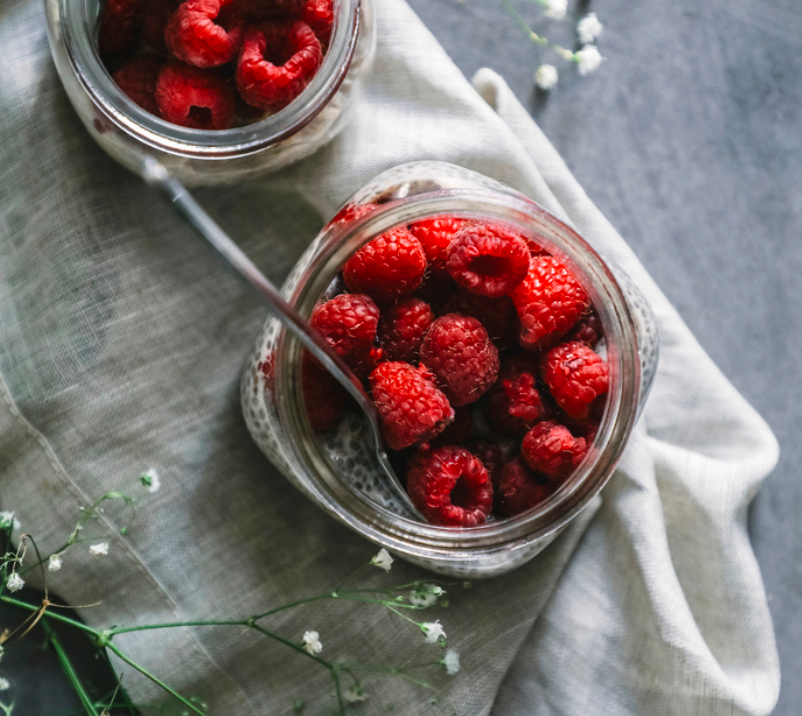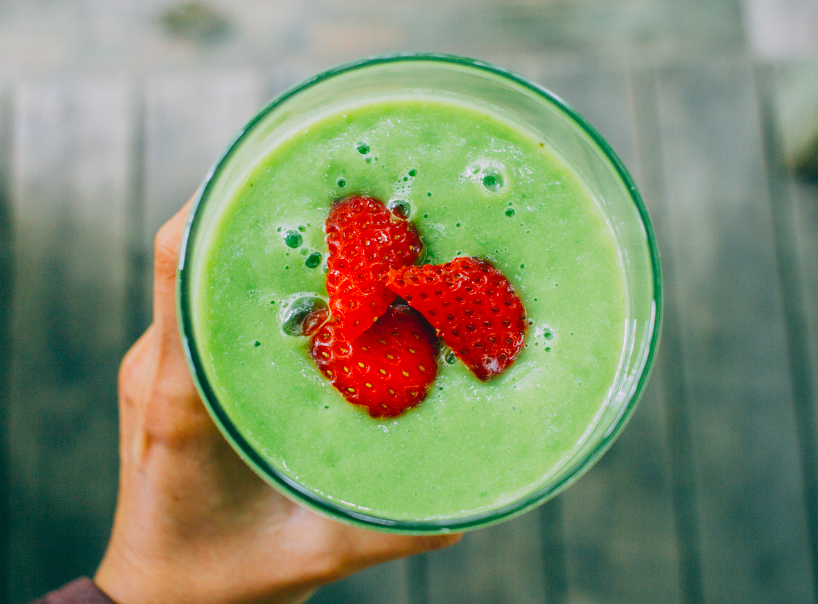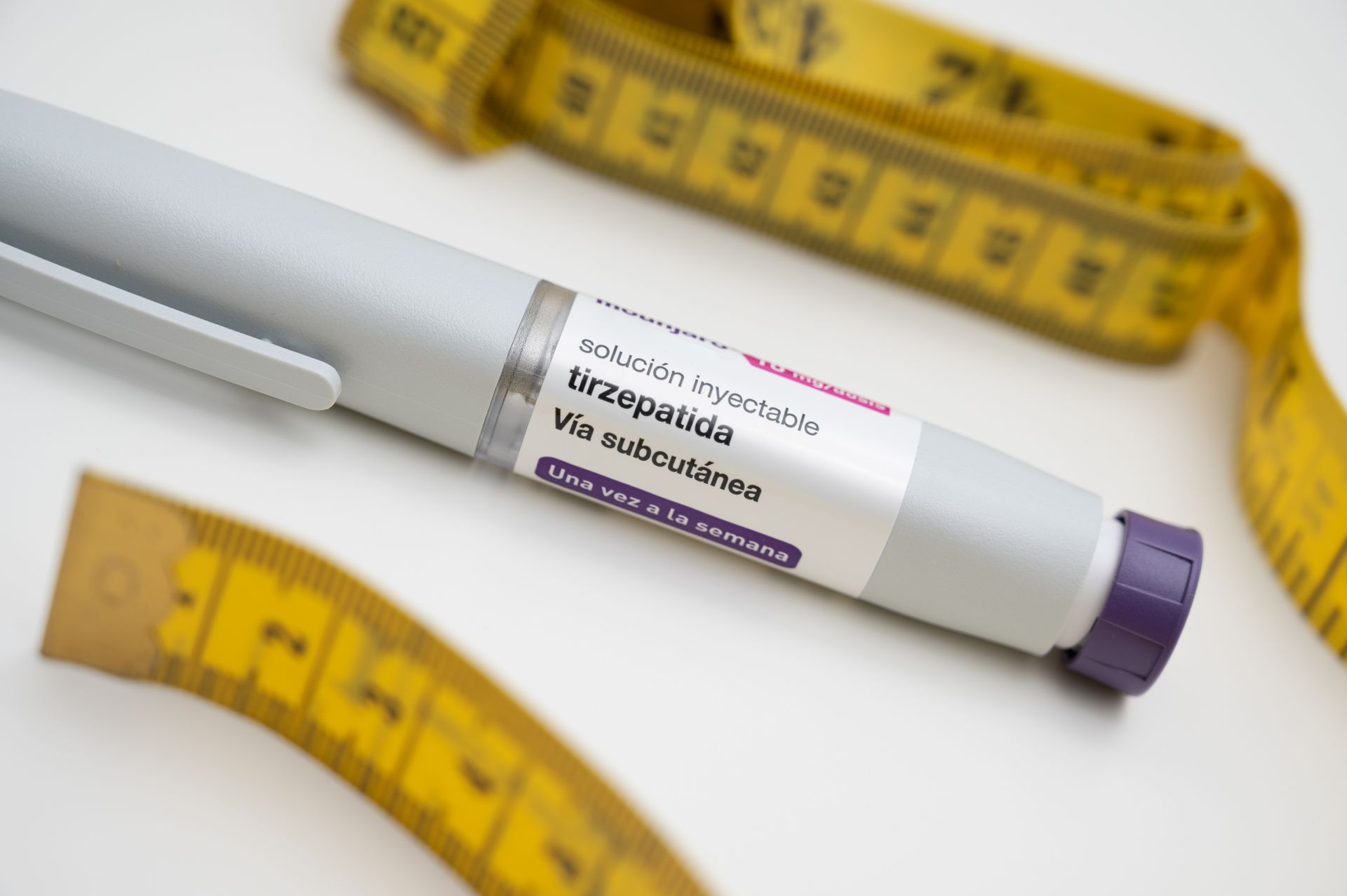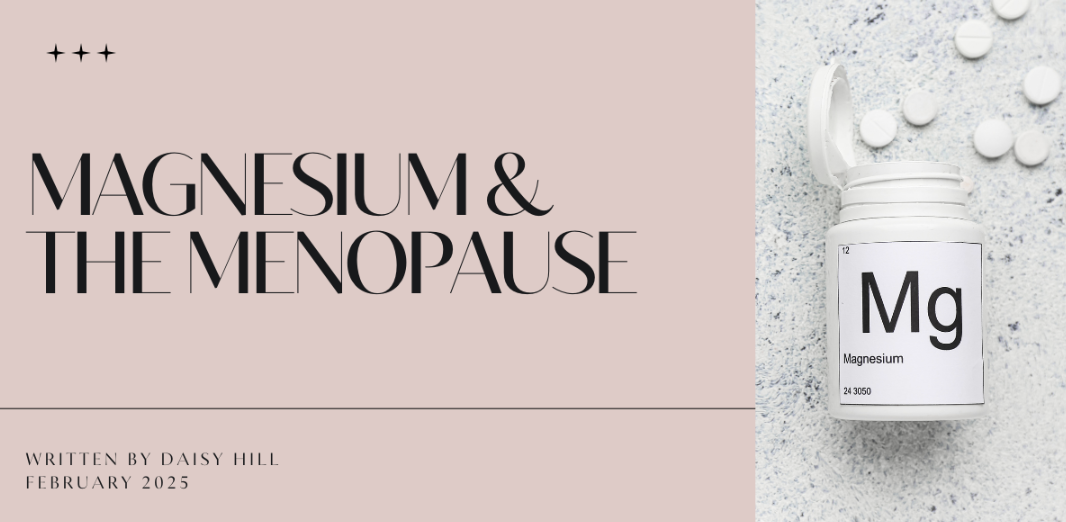10 SECRETS of Lasting Weight Loss

This almost seems too obvious to mention,
but it is critical to losing weight and yet
very few people have a good
understanding of what actually constitutes
a good diet.
1.Eat the right things
More than 50 years of poor science has vilified fat and encouraged governments and food manufacturers to recommend you fill up
on white, processed low calorie foods.
Researchers now understand that this approach has been a huge mistake, and has directly led to the
worldwide obesity epidemic. Even the scientist who
pioneered the ‘fat is bad’ mantra has seen the error of his ways.
In short, you should be filling up on protein like meat
and fish, eggs, nuts and seeds, pulses like beans and
also lentils and other vegetarian sources of protein like tofu, plenty of vegetables, and also natural fats (and fat containing foods) like oily fish, nuts and seeds, and avocados.
You should continue to pick wholegrain carbs like
bread, pasta and rice over white varieties but also think carefully about how much of these you eat.
The battle of calories versus fat has had you eating too many starchy carbs, just because that rice cake had far fewer calories than a handful of nuts.


2. Consider portion size
Even healthy foods can provide you with excess energy that your body will store as fat. So how much is just enough? Clearly it depends on what you are doing in the day (if you’re a regular exerciser or lead a more sedentary life) but here’s a rough guide:
BREAKFAST – something like a poached egg on toast or, if you’re a porridge or overnight oats fan, 50g oats (that’s a decent-sized bowl) with some berries and a sprinkling of flaxseeds, or 3 rashers of lean bacon, grilled tomatoes, mushrooms, one slice
of wholegrain toast.
LUNCH – slice of rye toast with mashed avocado,
or 3 slices of lean turkey breast, tomato, watercress and a little home-made olive oil-based dressing. Or
a wholemeal wrap filled with veggies/ salad and some lean meat or tin of tuna. Or a protein-based soup and a wholemeal roll.
DINNER – 4 slices of grilled halloumi and a giant salad; or one palm-sized salmon fillet or the same amount of chicken, loads of veg and/ or loads of salady stuff and a few tablespoons of brown rice or potato wedges made from a small sweet potato.
SNACKS – an orange and 2 Brazil nuts or 1 hard boiled egg and a handful of spinach) or 2 oatcakes topped with nut butter (unsweetened) or a small pot of full fat Greek yoghurt and a small handful of raspberries – no more than 2 snacks a day and only if you need them.


3. Don’t forget the extras
Drinks add up and so do condiments like
ketchup and other sauces. They’re still OK to
have in moderation, but they do count, especially the sugary ones, and the numbers add up quickly.
The healthiest condiments include regular mustard (this contains no sugar, just a little vinegar and salt), vinegar, olive oil (for dressings), natural herbs and spices, horseradish, pesto, lemon or lime juice, soy sauce, tahini, most salsas, most bottled hot sauces like Tabasco, and capers.
The worst condiments are ketchup (always full of sugar, whichever way you cut it), brown sauce, barbecue sauce, ranch dressing, commercial salad dressings, tomato-based chilli sauce, Thai sweet chilli sauce, tartar sauce, plum sauce, sweet and sour sauce, Teriyaki sauce, and jams, jellies and other preserves.
You I'll also want to ensure that you are not forgetting drinks. You could have the healthiest diet in the world, but don’t undo all your good work with sugar-laden drinks like fruit smoothies, cordials and fizzy drinks. Wine also goes on the list, as do other alcoholic drinks.


4. Drink more water
It is very easy to confuse hunger with thirst so you do need to keep a check on how much water (or other liquids) you are drinking in a day. Also, as you age, it’s harder to read the thirst signals, too.
2ltrs of water a day should be enough but more depending on activity levels (it goes without saying that you’ll need more if you’ve been to the gym) and the weather.
Enough studies support the notion that increasing water intake leads to weight loss. This is partly through increased number of calories burned. 10 minutes after drinking, you could have turned up your metabolism by 25% (and the greatest results were from drinking cold water).
Another study showed that, when overweight women increased their water consumption to 1+ltr, they lost and extra 4kg (4.4lbs) over the course of a year just from doing this one thing. And one more thing before I excuse you to fill up your water bottle, observational studies point to water-drinkers consuming an average of 200 fewer calories per day.


5. Flush out toxins
Your liver carries out a massive number of
really important roles in the body. What you
might not know is that it plays a big part in
whether you are going to lose weight.
A healthy liver can burn fat, get rid of excess fat
(via the bowel) or cause the body to lay down fat
due to its relationship with the fat storage hormone
insulin. If you have a weight problem – particularly
if you’re carrying a spare tyre around your middle –
chance are you ’ll have an imbalance in insulin levels.
And, unless you get a handle on that, you won’t see
weight loss any time soon. Added to that, the more
insulin you have in the your body, the more testosterone is produced, knocking that delicate balance of hormones even further out.
On top of that, when you’re losing weight, you’re
mobilising stored fat and using it as fuel. The trouble is that the fat is where we store a lot of our toxins and, in today 's modern, polluted society, the liver has such a big job getting rid of the toxins we are absorbing on a daily basis (not least all those petrochemicals from the environment and the synthetic oestrogens found in most‘ normal’ skin care products), that sometimes it just can’t do
any more. To stop itself being overburdened, it just won’t allow your body to mobilise those fat stores if it decides doing so puts your health in danger.


6. Support your liver
Give your liver a break by easing up on all
those things it needs to work so hard to
get rid of. This means:
Cut back on caffeine and alcohol. Rethink your personal care products (shampoos, conditioners, deodorants, body lotions). Avoid anything that contains parabens or sodium lauryl sulfate as these
are synthetic oestrogens and contribute to hormon imbalance.
Rethink your household cleaning products for exactly the same reason. My favourite natural cleaning brands are Method and Ecover.
Eat organic if you can afford it. Add in plenty of liver-boosting foods to your diet.
This includes:
Sulphur-rich foods like garlic, onions, cauliflower,
broccoli, cabbage, Brussels sprouts, cabbage.
Beetroot and carrots also stimulate the detoxification process.
Leafy green veggies are great for mopping up
environmental toxins from the blood stream.
Start the day with hot water and lemon. The citric acid encourages your liver to produce bile, which helps you excrete toxins. Turmeric and cinnamon support optimum liver function.


7. Make exercise part of your life
Only 50% of people exercise and 32% exercise regularly. When you exercise regularly, you burn energy, strengthen your muscles and bones. In addition, working out regularly (whatever that means for you) leads to more energy, which leads to more movement.
Exercise also improves mood. Not only will you feel
better about how you look, but exercise also stimulates brain chemicals called neurotransmitters that leave you feeling happier and more relaxed. And the happier and more relaxed you feel, the less likely you are to turn to junk foods to compensate.
8. Take self care seriously
You should know that only you hold the key to make yourself happy. The more you look after your self-care (doing lots of nice things for yourself just for the joy of doing it), the happier you will be and importantly, the less you will rely on biscuits and chocolate (or whatever your trigger foods are) to make you happy.
These normal ‘ rewards’ are short-lived and usually
followed by recriminations. If you truly want lasting
change, you need to find ways of regularly getting
that feel-good feeling from other things.
Build in more appropriate ways of making yourself
feel better and look forward to non-food related
treats. For example, choose to spend 5 minutes
relaxing in the sunshine in the garden to recharge
your batteries rather than to grab a handful of biscuits.


9. Keep your hormones happy
Some common hormone imbalances can work against you when you want to lose weight. One of the main ones is the stress hormone cortisol, which knocks blood sugar out of balance, keeps cravings in full flow and ensures fat stays around the middle. Stress hormones rise too high during and after
particularly stressful events (and they can stay high for years after), and even the drip, drip, drip of everyday events has a negative impact.
The second is your thyroid hormones. The thyroid is
the body’s internal motor. Low levels are typically linked to low energy, constipation, low sex drive, cold hands and feet, (weirdly) a disappearing outer third of your eyebrow, and an inability to lose weight. If any of these resonate, it’s worth asking your GP to test your thyroid levels. It’s also important to know that many people are‘sub-clinical’ –their hormone levels are low but not yet quite low enough for the GP to prescribe medication.
Additionally, even if you have a diagnosis and are taking thyroxine, it’s entirely possible that you still don’t feel great because the hormone the doctor measures is only part of the picture.
The third hormone is oestrogen, an obesogen that can make you put on weight when levels in your body get out of balance. Very heavy or painful periods (even a diagnosis of fibroids or endometriosis) can be an indicator of too much oestrogen. If you suspect that any of these hormones might be out of sync for you, it’s worth knowing that private lab tests are available to diagnose a problem that a nutritional therapy plan may help resolve.


10. Ask for help
One of the reasons #1-9 probably will apply to you for sure, but #10 is often the main thing standing in most people’s way. You know what you SHOULD be doing, but the information alone is not enough. Staying motivated is the hardest part of any plan.
The starting point should be creating a vision for
where you want to be. Think about what your goal is
and how you will feel when you get there. It’s useful to write this down and refer to it regularly to remind
yourself where you’re headed – maybe every day.
Keeping a food diary is one of the best ways to stay
on track. Actually writing down what you are eating
and drinking is very illuminating. You’ll also want to
keep a weekly meal planner so that you can get your head around shopping and prepping your meals. This way, it ’s less likely that you will stray from your path.
The single best way to stay in the zone is to have a buddy or coach who can give you a nudge or call you
out if you start to off piste. I’d say this is the single biggest thing that makes the difference between reaching your goal and actually staying there. That’s where health coaching comes in. You can do ALL of
this yourself, but having someone on your side and keeping you accountable will ensure all that good
work doesn’t go to waste.
As a nutritionist and health coach, I help people just like you change how they think about food and
lose weight for good. They regain control of food and have the confidence to live their lives without being ruled by what they eat. If this sounds like what you need right now, book a free call to see if my approach
is the right fit for you. Need some help putting this all into practice? Why not book a free, no-obligation call to see if my weight transformation programmes are right for you? If that sounds like what you need right now,go here.
The Oxford Clinic for Nutrition
24 Barley Close, WallingfordUnited Kingdom











